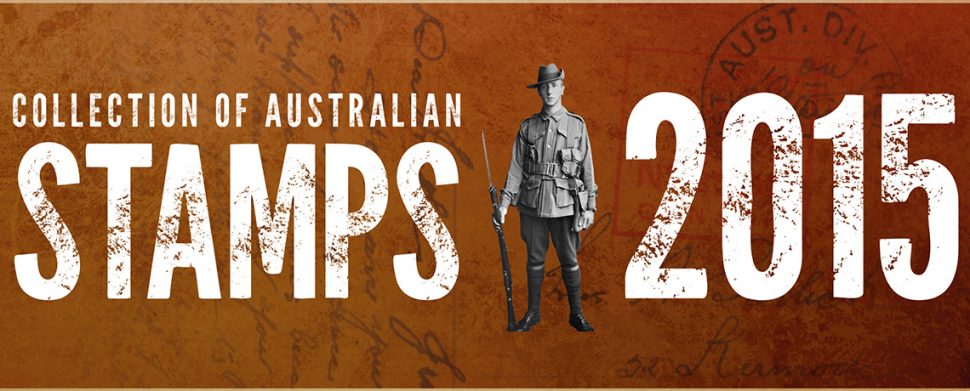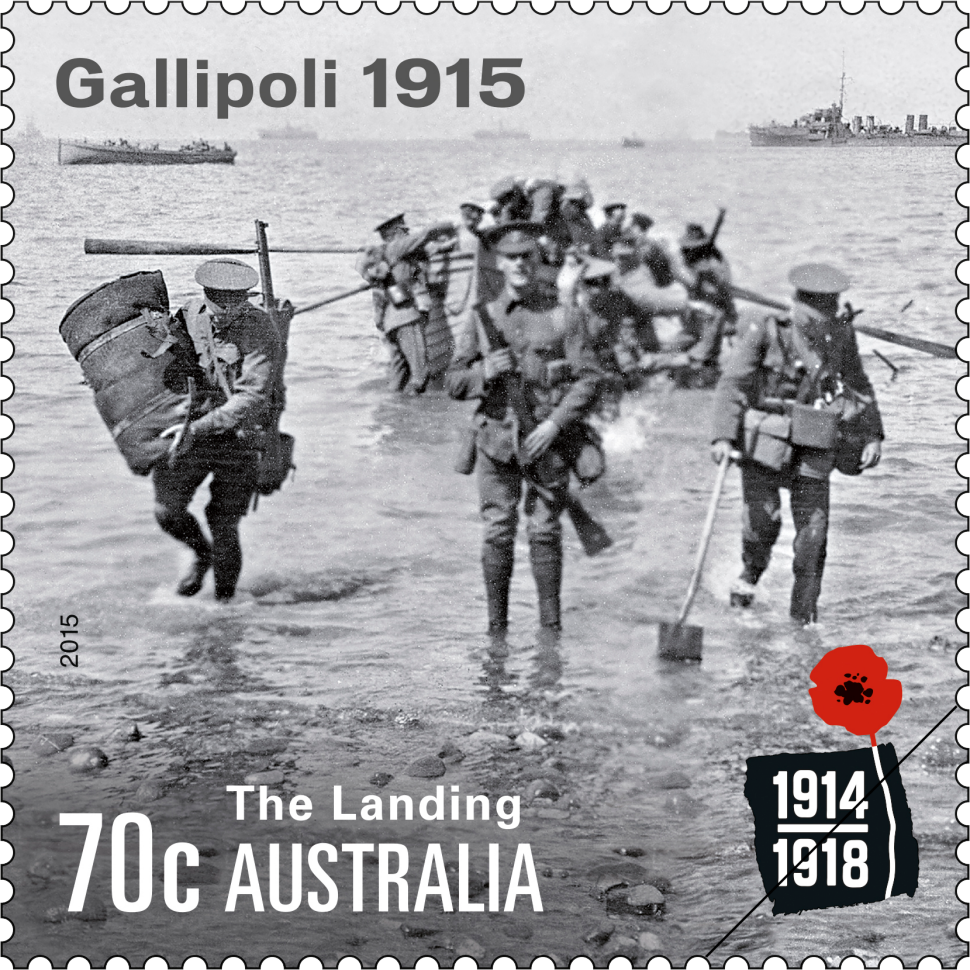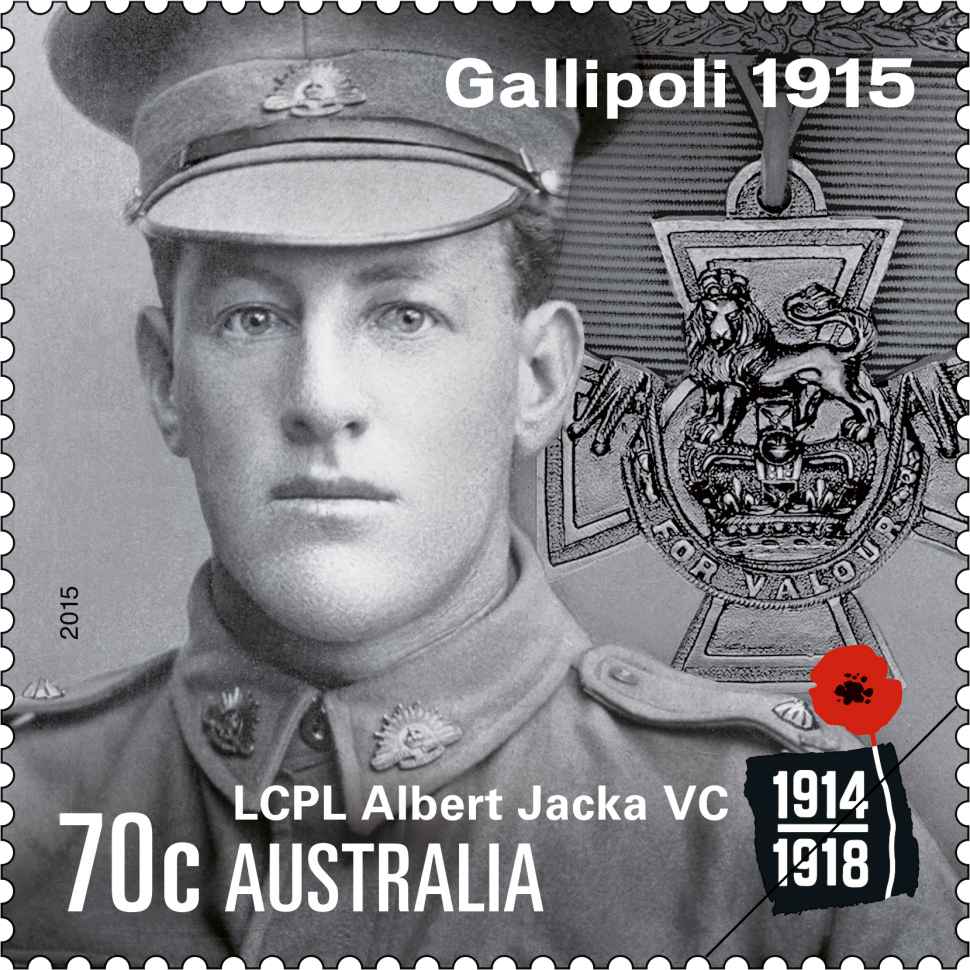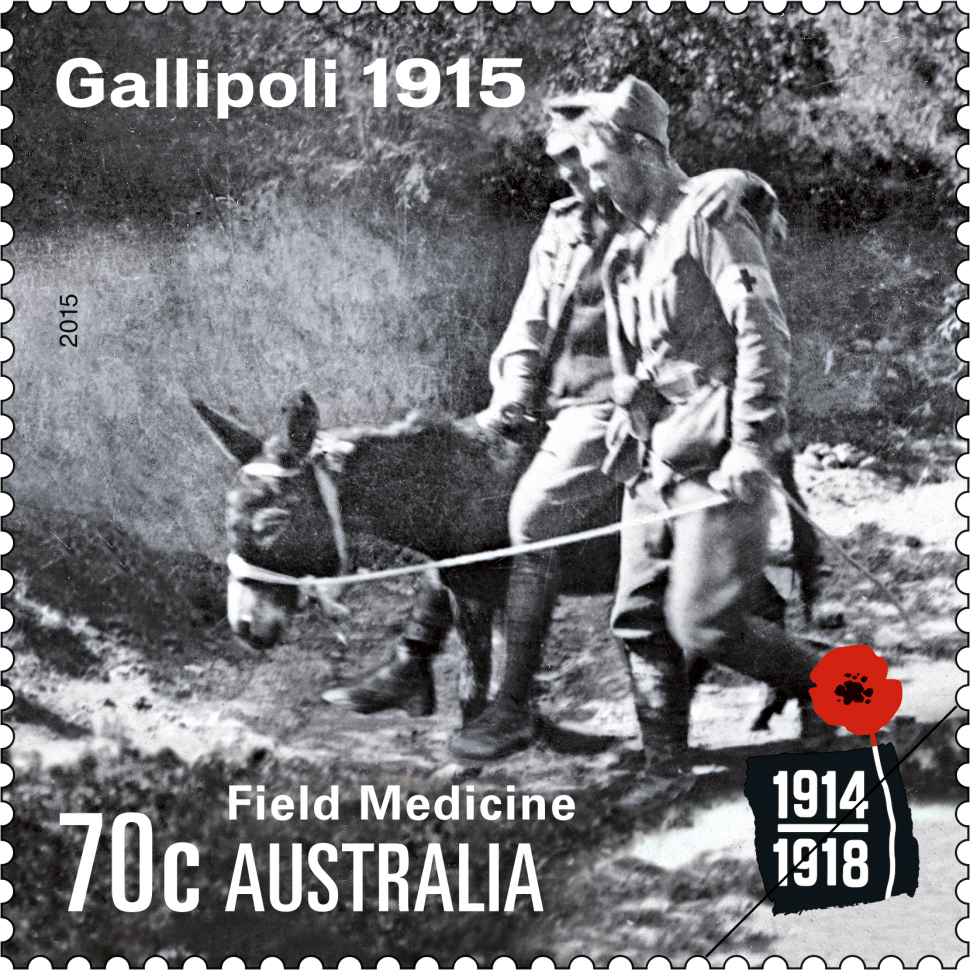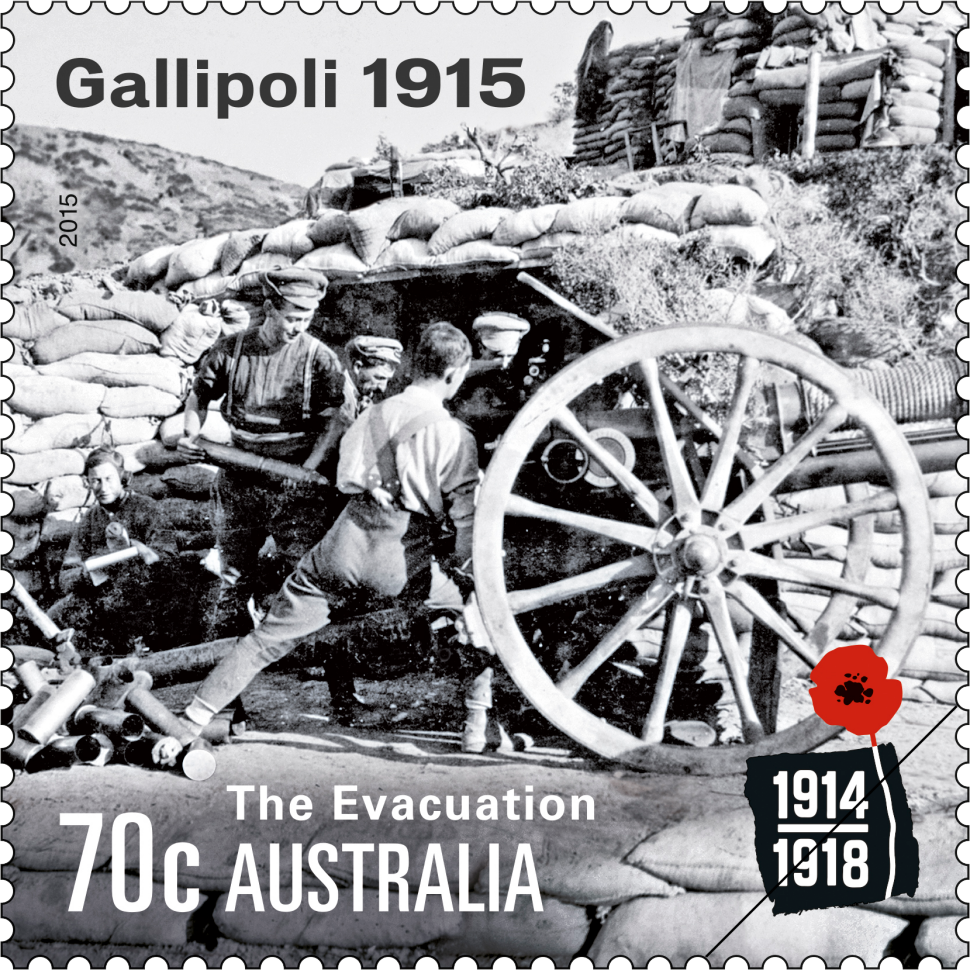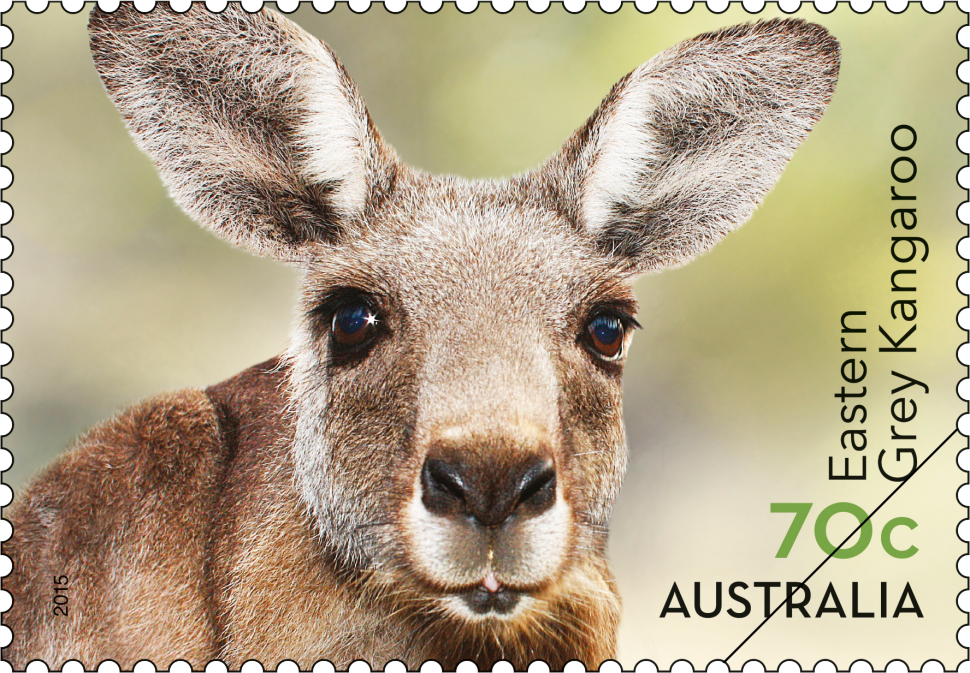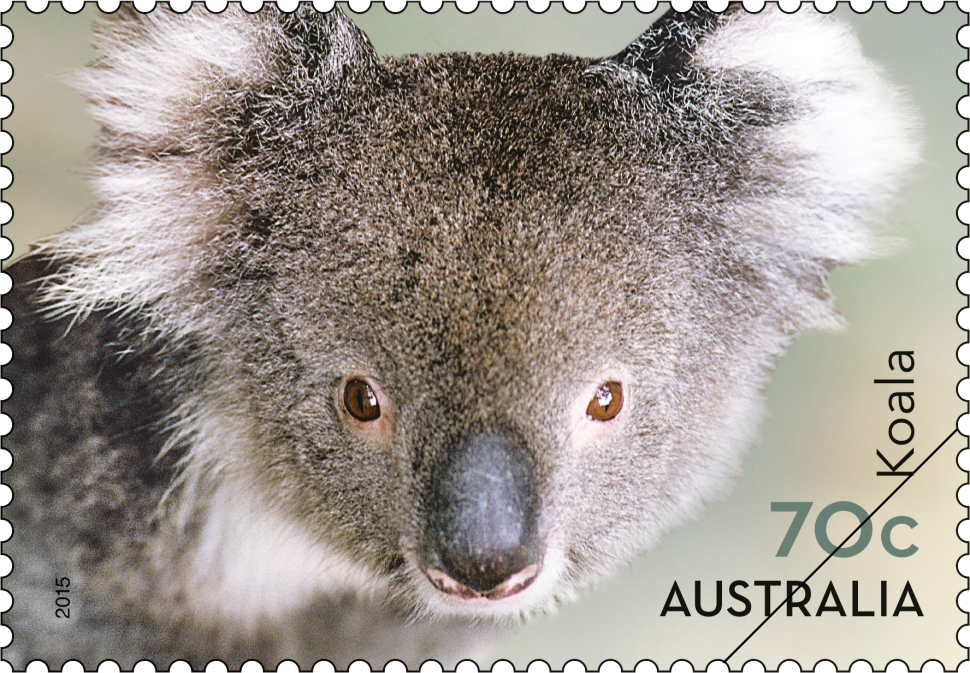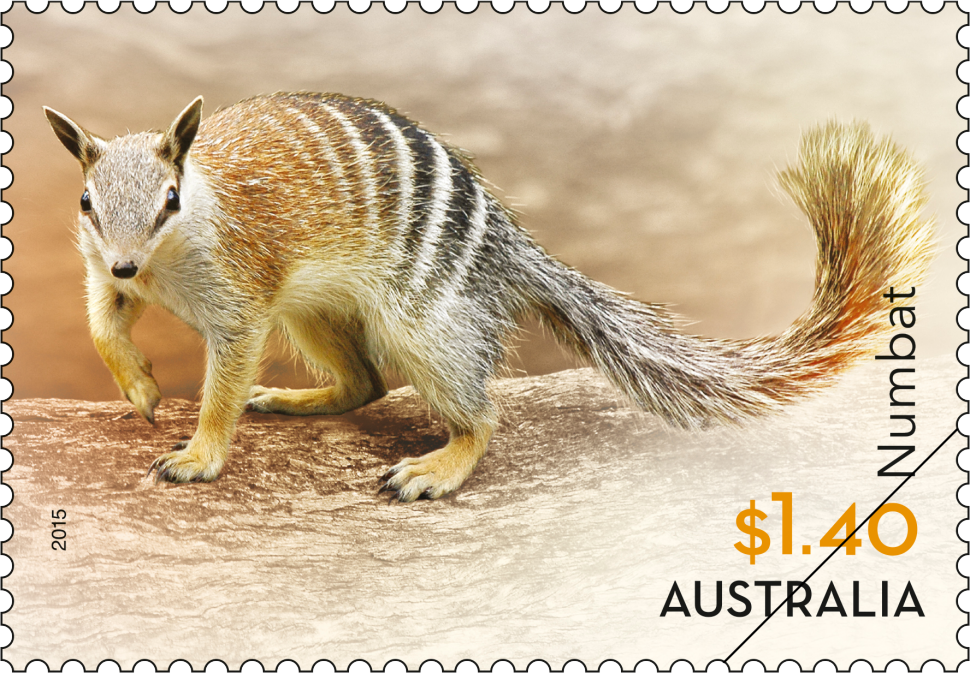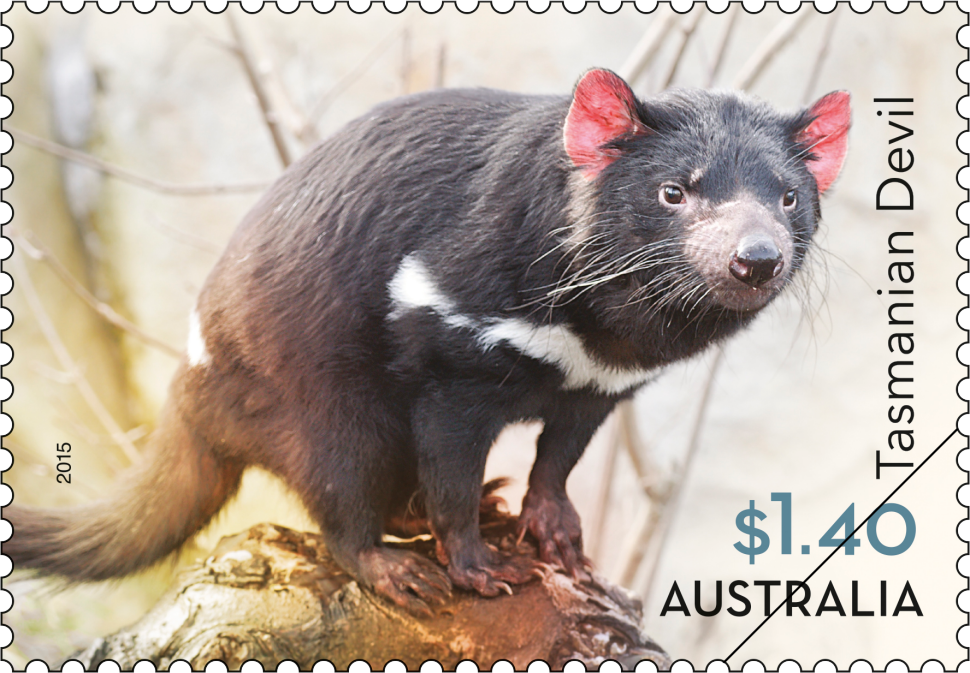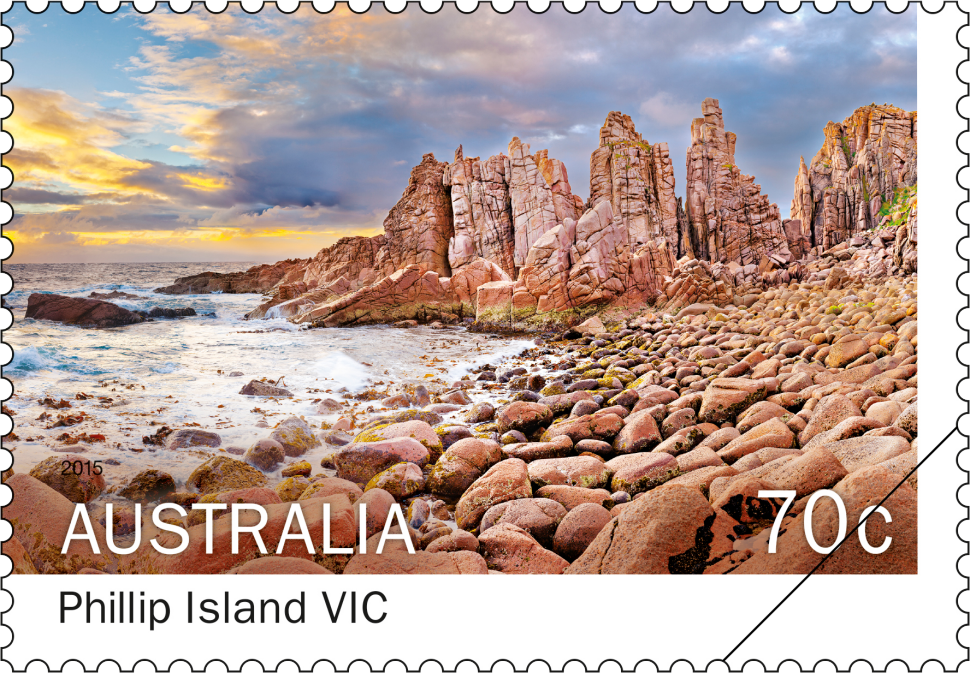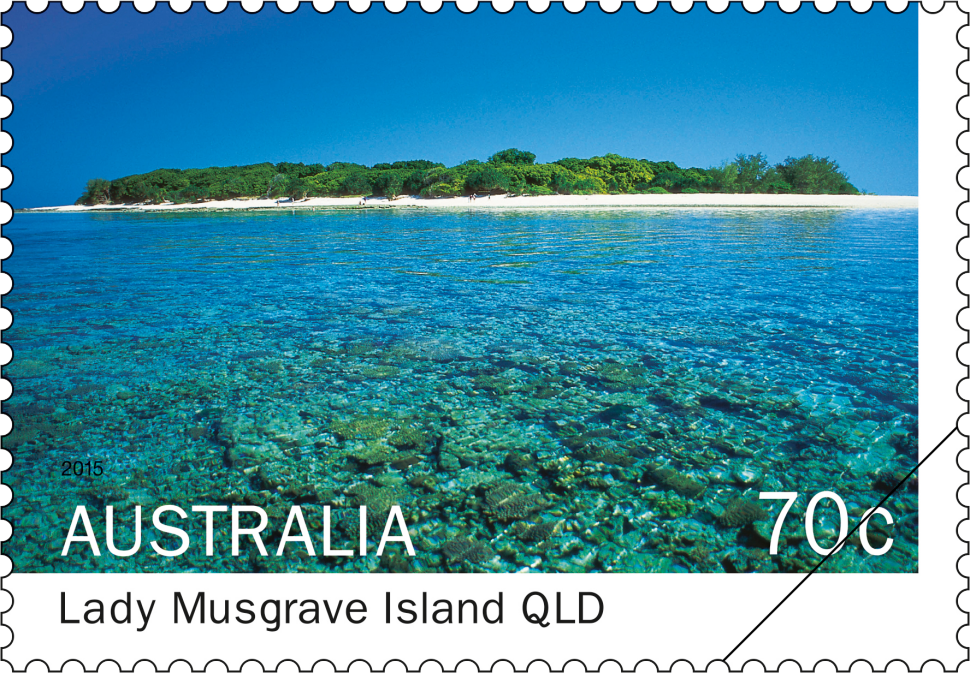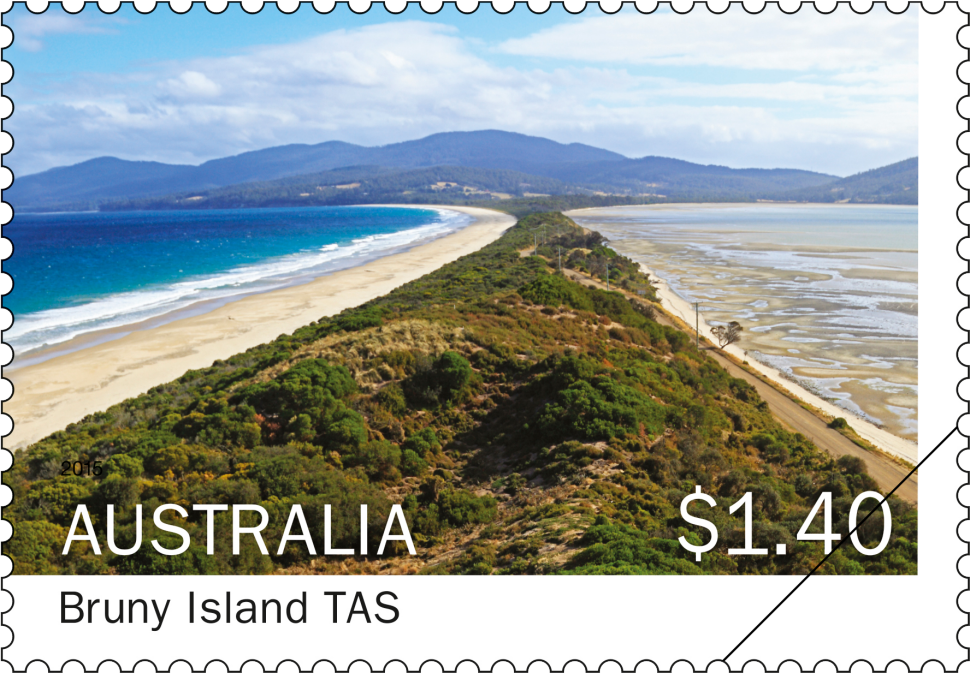In 2015 we launched a survey to find the year’s most loved Australia Post stamp designs, and gain valuable collector insights into how to enhance our future stamp programmes. General feedback towards the 2015 stamp issues was hugely positive, with respondents praising the quality of the designs, mix of themes and variety of subjects covered.
Based on the opinions of a number of our collectors, the 2015 most loved stamp issue was named as the Centenary of WW1 – Gallipoli 1915 issued in April 2015. Part of the Australia Post Centenary of World War I five-year stamp series, this issue was seen by many as a very fitting and important tribute to those who served the country during WW1.
The number one spot was closely followed by the Native Animals release and the Islands of Australia, unsurprising following feedback from our 2015 collector’s competition, which highlighted that stamps depicting nature and animals always prove popular with collectors across Australia.
In this article we take a closer look back at your top three issues of 2015.
Centenary of WW1 - Gallipoli 1915
The Gallipoli campaign of 1915 was devised to secure the Gallipoli peninsula, control the Dardanelles and then take Constantinople. When the naval operation failed to force the Narrows, ground forces were sent in.
In the early hours of 25 April 1915, the Australian and New Zealand Army Corps (ANZAC) landed to the north of British and French troops on Gallipoli peninsula, at what became known as Anzac Cove.
They came ashore on a narrow beach below steep, ridged slopes on which the enemy waited. The strength of Turkish forces had been seriously underestimated, and so the allied force’s strategy quickly shifted from taking territory to consolidating any ground gained.
On 19 May, Turkish forces orchestrated a counter-attack to push the Anzacs back to the sea. Lance Corporal Albert Jacka helped repel an assault at Courtney’s Post, for which he received Australia’s first Victoria Cross of the war. Later, in August, an allied offensive was ordered, during which the Australian 1st Brigade made a diversionary attack at Lone Pine. While the allied offensive was a failure, the men at Lone Pine secured a distance of Turkish trenches, so had some success to speak of.
Fatalities at Gallipoli were great on both sides, not only through combat but also through disease. Hospital ships were anchored offshore and makeshift ambulance marquees established at Anzac Cove; the wounded were also evacuated to hospitals on Lemnos (Greece) and Malta, and at Alexandria, in Egypt.
In the early days of the campaign, stretcher-bearer Private John Simpson Kirkpatrick became legendary for tirelessly transporting wounded men from the head of Monash Valley to the dressing station at the beach on the back of a little donkey, often working under fire. He was killed three weeks into his service at Gallipoli.
Following the August offensive, success at Gallipoli was deemed unachievable and withdrawal was recommended. In a carefully choreographed event, allied troops were withdrawn – the Anzacs on two nights over 18–20 December. Australia suffered 26,111 casualties during the campaign, with 8,141 men dying.
Native Animals
The Native Animals release January 2015 featured:
Common wombat
The stocky Common Wombat (Vombatus ursinus) found in south-eastern parts of Australia.
Eastern grey kangaroo
The Eastern Grey Kangaroo (Macropus giganteus) also found in south-eastern parts of Australia.
Koala
The Koala (Phascolarctos cinereus) which lives in eucalyptus forests along the eastern seaboard.
Numbat
The endangered Numbat (Myrmecobius fasciatus) a small, striped marsupial confined in the wild to the south-west of Western Australia.
Tasmanian devil
The carnivorous Tasmanian Devil (Sarcophilus harrisii) which has been threatened by Devil Facial Tumour Disease for the last two decades.
Short-beaked echidna
The Short-beaked Echidna (Tachyglossus aculeatus) feeds largely on ants and termites and is found throughout Australia. Like the Platypus (the only other monotreme), the Echidna lays eggs rather than gives birth to live young.
Islands of Australia
The Islands of Australia stamp issue highlights Australia’s natural beauty and diversity and the source of some of our most stunning and varied terrain. The Islands of Australia stamp issue presents four Australian islands at ground level, to highlight their natural, yet distinct, beauty.
Featured are Phillip Island in Victoria, Lady Musgrave Island in Queensland, Bruny Island in Tasmania and the Buccaneer Archipelago in Western Australia, itself a collection of around 1,000 islands off the Kimberley Coast.
The stamps present the spectacular Horizontal Falls at Talbot Bay in the Buccaneer Archipelago, which are the result of some of the highest tides in the world pushing through small cliff gaps. There’s the coral-filled navigable lagoon surrounding Lady Musgrave Island. And we present the 360 degree views from Truganini’s Lookout at the Neck, a sandy isthmus that separates North Bruny and South Bruny.
We also feature a lovely view of the Pinnacles, from the rugged and rocky Cape Woolamai at Phillip Island.
The top 10 stamp issues of 2015
- Centenary of WWI – Gallipoli 1915
- Native Animals
- Islands of Australia
- Australian Trees
- AAT – Colours of the AAT
- ANZAC – Australia New Zealand Joint Issue
- A Century of Service: Animals in War
- Tourist Transport
- Great Australian Walks
- SCM – Our Solar System
You can also see which stamp issues were voted as the best by collectors since 2002.
This article was produced at the time of publication and will not be updated.
